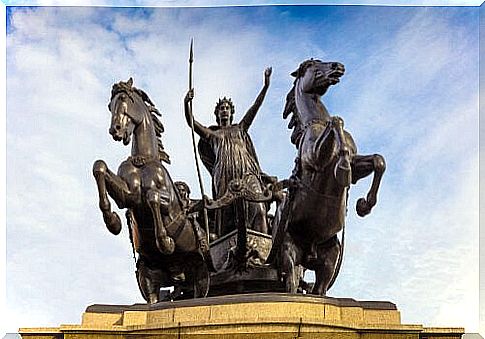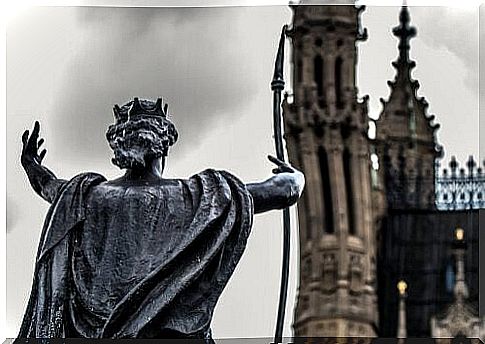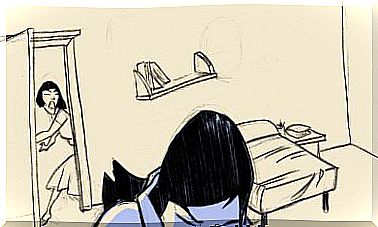Boadicea, The Rebellious Queen

61 AD, in the British Isles, on what is now Watling Street, the main avenue built by the Roman Empire to link Wales to the rest of the island. Boadicea, a tall woman (by the standards of the time), with long flaming red hair and sturdy build quickly ingests a deadly poison, possibly supported by her daughters. This is how Tacitus tells us the end point of one of the great tragedies of Antiquity.
This woman is none other than the legendary warrior queen of the Celts Iceni, Boadicée, Boudica in her native language. She is famous for having united the rebel tribes of Brittany against the Roman invaders, as Vercingetorix did in ancient Gaul. His name appears among the great rivals of Rome, alongside Viriate, Annibal, Arminius, Spartacus or the famous Gallic chief mentioned above. His legend is often confused with the stories transmitted by his enemies.
Rome, an expanding Empire
After the famous conquest of Gaul led by Julius Caesar, the Roman Republic sought new territories and new conquests to keep its legionaries active and fulfill the ambitions of its generals. The legendary general had already planned the invasion of the British Isles; he probably wanted to dominate the land of origin of the great Celtic druids. However, the starting shot for the inevitable conquest was given by Emperor Caligula.
Cymbeline, the work of Shakespeare, was based on these early fights. A little later, Emperor Claudius continued these campaigns. At that time, certain tribes rallied to Rome while other chiefs like Caradawc led more or less victorious revolts. It was at this time that the conquerors founded Lodinium, present-day London, on the banks of the Thames.
Guerrilla warfare in the woods resulted in continuous but small victories. The dice seemed to be thrown.

Boudica, the widowed queen
One of the kings who allied with the Romans was none other than Prasugatos, of the Iceni tribe. In return for the protection and support of Emperor Nero, this monarch had promised to bequeath his title and his lands after the death of his daughters. We don’t know how this king died, but this event sparked a very serious conflict. Roman law did not recognize the female heritage: the king therefore did not have, in their eyes, any legitimate heirs.
History wanted the wife of Prasugatos to fight against this abuse. It is from there that the first elements on Boadicée reach us. As a widow, and according to the tradition of her people, she claimed her inheritance rights. The queen’s resistance then triggered severe reactions from the generals: her daughters were raped and her lieutenants were murdered. During this time, the supposed Roman allies were conquering land and attacking the local people.
The flame of rebellion had arisen. Boudica refused to give up and flee the conflict.
The rebellion of Boadicea
Her name, or the nickname she earned, means “the Victorious”. Perched on her war chariot, she guided her people, encouraged by the humiliations she had suffered. Having succeeded in uniting certain tribes and many warriors, she was at the head of the greatest force that the Romans had to face on these islands. Her flamboyant hair and war paint, as she stood in her chariot as the statue that was erected in London in her memory, likely terrorized her enemies.
With her troops, she invaded and sacked London and other towns in the south of the island that had been Romanized. Roman historians assure that she showed no mercy, like the Mediterranean soldiers. She even defeated the all-powerful Hispanic Legion.
Its victories made it more and more popular and the number of its supporters kept growing. However, after a year of war, the Roman general Suetonius managed to react.

A tragic end
The final great battle took place in a narrow rocky valley, with extremely uneven forces. The Romans were five times as numerous, were better equipped and much more disciplined. The inability to break up the Roman formation ended the hopes of the Celts, who were quick to flee while they could. The defeat was crushing. When a Roman soldier died, a hundred fell on the side of the rebels.
Faced with this inevitable end, Boadicea preferred to kill herself rather than be imprisoned again. She was aware of what would happen if they captured her alive. Suetonius could not therefore be proud of this capture. A life of betrayal, humiliation and revenge was coming to an end.
Many women warriors fought alongside Boudica and, although they were not the knot of the Celtic army, they fought for their lives, their lands and their freedom.










